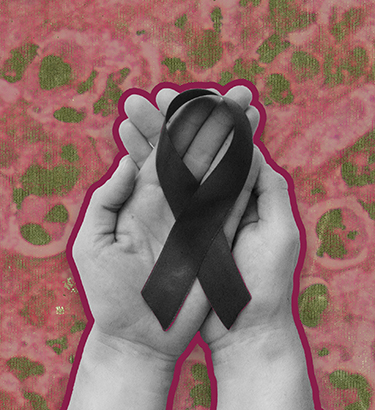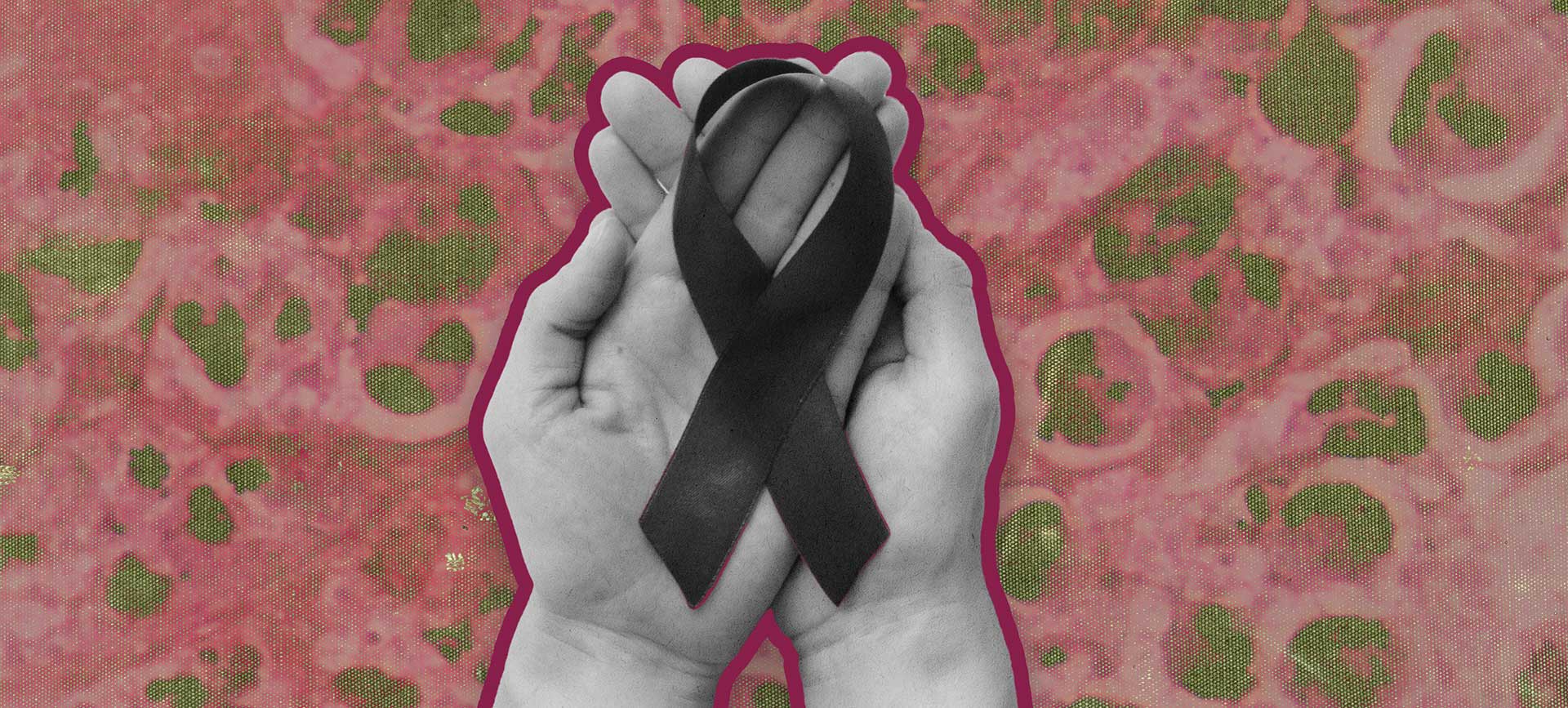Many people living with HIV do not know they have the virus. Transmission plays out differently in each case and displays varying degrees of severity. The process of seroconversion can also easily be mistaken for more common conditions, such as the flu.
Seroconversion describes the process of HIV taking up residence in the body. As the virus attacks the immune system, patients may experience a wide range of flu-like symptoms, including:
- Fever
- Fatigue
- Sore throat
- Headaches
- Rashes
- Aching muscles
- Sore joints
- Loss of appetite
- Swollen lymph glands
These are some of the symptoms commonly associated with seroconversion, but different people may describe their symptoms differently, which can lead to confusion when seeking a concrete diagnosis.
These symptoms often impact patients for a short period of time before disappearing entirely. Since many people are used to shouldering the burden of minor illness in their day-to-day lives, they may experience seroconversion sickness and move on without realizing they have contracted HIV. This is why regular testing and maintaining open, honest conversations about sexual health practices is vital to the fight to reduce the impact HIV and AIDS have on society.











